“Let’s behave like we want the world to be, and not get into the dead end we’re at now.” Virgil Abloh has brought the creative optimism of inclusivity to Louis Vuitton menswear. In a preview, he said that his main objective in dedicating his sophomore show to Michael Jackson was “not to make costume, but to take him as backdrop, to make a point about the humanity in his vision. I wanted humanity in the forefront.” He went on: “The bigger question for me here is why are we making clothes? This is menswear—but what makes men? That’s way more profound.”
There was a New York sidewalk set from the “Billie Jean” video, a live performance from Dev Hynes—a lot going on. It’s a been a prerequisite to put on a majorly theatrical, globally impactful performance at Louis Vuitton ever since Marc Jacobs invented awesome immersive experiences as a vehicle for fashion at this house. Job well done, considering all the Instagram-generating buzz surrounding the show.
There is so much goodwill around Abloh; his constantly everywhere fame; and his massive, interlocking networks of friends and followers, right through to the ranks of teenage boys who congregated outside the Vuitton show tent in the freezing Paris weather, pleading with the audience as they left for invitations, show notes, anything, as souvenirs of just being there. That is the revolutionary generational reach Louis Vuitton knew it were co-opting when the company hired Abloh: a 21st-century skipping of the old, excluding boundaries between luxury fashion and what kids—boys in particular—passionately care about.
But it’s a bigger responsibility—and an ambition that Abloh has in his sights—to rise to the more difficult challenge of contributing something new to fashion. Before he arrived, the industry made its assumptions. “Yeah, you know, they thought it would be streetwear,” Abloh chuckled. But no. His aim is elevation, only seen through a new prism. And first, he’s tackling tailoring. “It takes an intense amount of time to do something subtle,” he observed.
The opening looks showed him taking that seriously, in the sophisticated layers of gray suiting—long vests wrapped under blazers, fluid wide pants, a cropped bomber jacket on top of a tailored one. All of a piece, with bags to match. “I wanted this layered level of making, which is actually just beautiful but has depth to it,” he said.
The attention to cut was obvious in close-up. A pair of trousers, for instance, came with regular knife-edge pleats, which opened to a flare breaking over the shoe. There were multiple luxurious fabrications and techniques: embossed military cuffs on a leather admiral’s trench, semi-sheer rococo prints on shirts and pajama suits. And later, a take on a houndstooth suit, with a pattern made up of miniaturized maps of Africa.
“Yeah, I spun the globe,” Abloh said. “You know, every kid in America draws the map with Europe at the center. This is looking at it from the other direction.” He carried that train of thought—a wholly different lens through which to see Vuitton’s travel heritage—into flag prints, gathered from the nationalities of the people in his studio. “Great Britain, the USA, Germany, Kazakhstan—and we put in the flag of Michael Jackson’s home state, Indiana,” he noted.
To Jackson’s influence: There were crystal-beaded tour jackets, references to the military insignia of his costumes, and an athletic performance by dancer Alton Mason, an avatar for Jackson’s Peter Pan–like fragility, flitting among the models in a purple satin suit.
For all the peripherals, there was somehow an atmosphere of gentleness and calmness rather than noise and hype. That comes from Abloh’s personable character, no doubt, but it also spoke to his ability to unite people and new viewpoints in uplifting ways. If only the world’s politicians could be more like him.

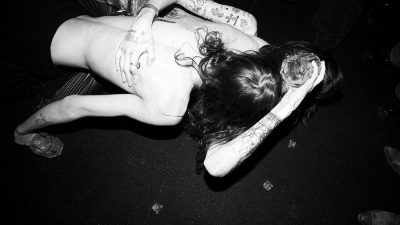
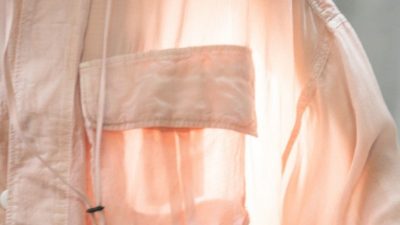
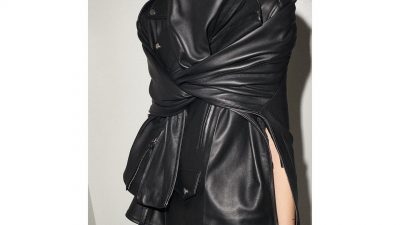
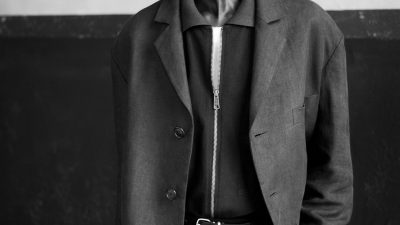

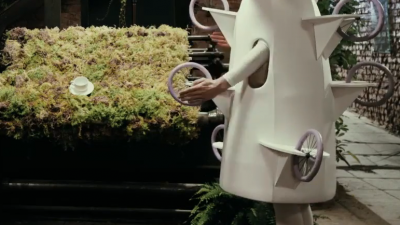

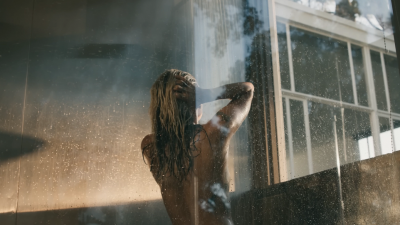
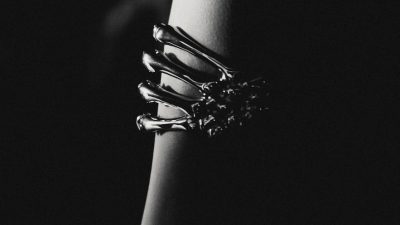
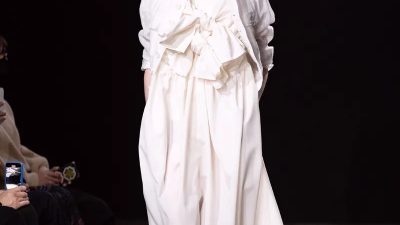
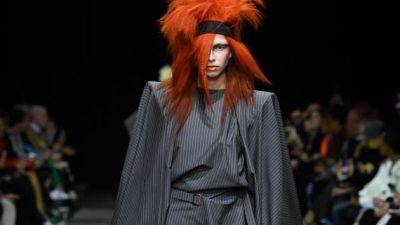
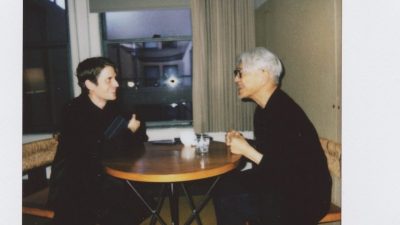

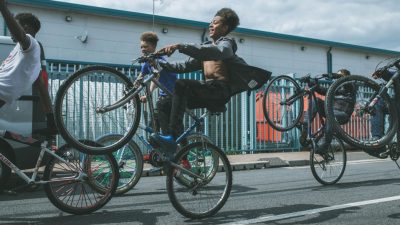
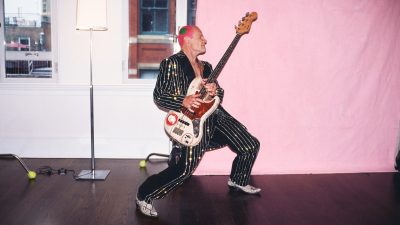
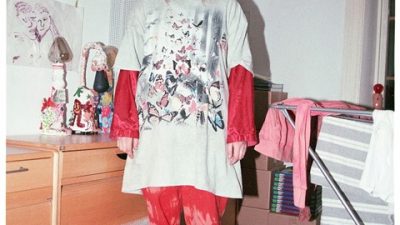
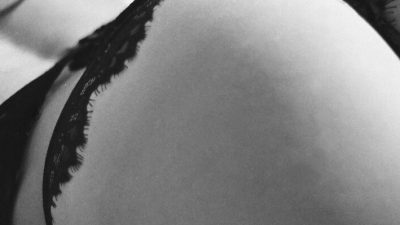
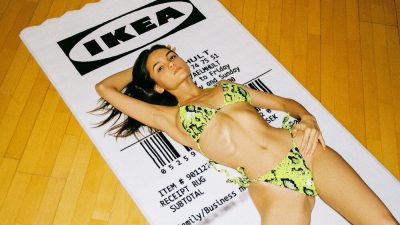
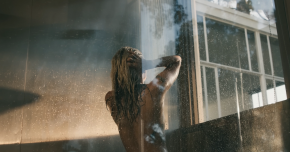
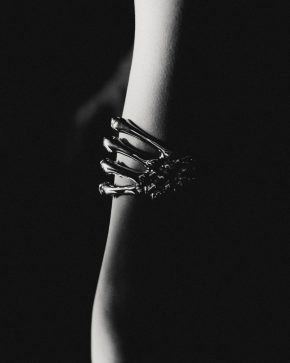
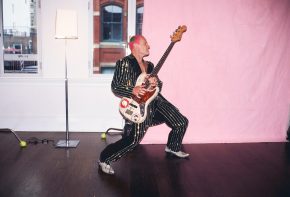
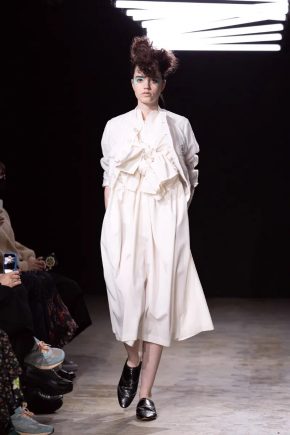

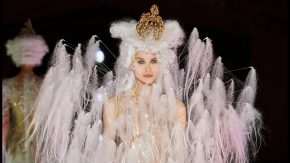
Comments